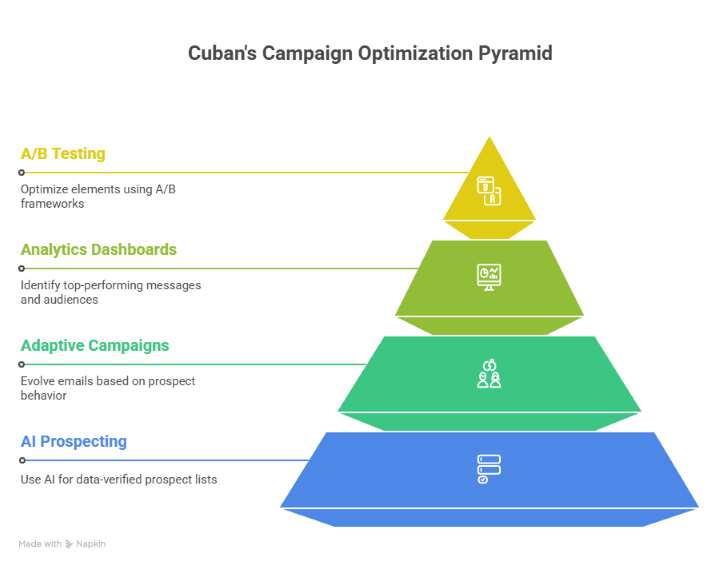
Marketers rely on state-of-the-art analytics to improve campaign performance. By seeing how your previous campaign did, you learn valuable lessons about how to make the next one even more effective. Having accurate reports, then, is vital not only to your current campaign’s success, but also to everything you do in the future.
Your marketing analytics team can provide the readily accessible, reliable, and detailed reports that let you build on repeated success, but only when there’s good communication on all sides. Allowing information to flow freely is essential to helping marketing database services perform at the highest level. Here’s how to build a better database by knocking down the silo walls and making verification simpler.
Maintain Access to Raw Data
You probably remember taking at least a few tests in math classes that contained the instructions: “Show your work.” The reason for it is that your instructor wanted to see the thought processes you used to arrive at the solution, not just the answer itself. Your marketing database management team can likewise connect reports and analytics to the raw data that generated them. You don’t have to pore over every line of data to see meaningful results; that would defeat the purpose of analytics and muddy the beautiful clarity that a well-designed analytics dashboard can give. You should, however, be able to work backwards from the data in your reports to the raw information and understand how they relate.
Employ a Multi-Touch Attribution Model
Marketers can no longer rely on a single first-touch or last-touch attribution model. The typical buyer goes through a far more complex decision-making process when making a purchase, particularly in B2B business contexts. Some buyers may take half a dozen touches before becoming viable leads, and others are doing much of their decision-making even before the sales team knows they exist. Marketers have therefore increasingly moved to multi-touch attribution models that provide a clearer picture of each channel’s contributions to purchasing decisions throughout the buyer’s journey. While it isn’t yet possible to know every step a lead takes to become a buyer, giving proportional credit to each touch in a multi-channel marketing program involved in that lead’s conversion models the process much more realistically.
Verify Data Directly
Let’s go back to that math test asking you to show your work. How did you know your answer was correct? You looked at the solution and worked backward from there to verify that it was the right answer. If you wound up with different numbers than the original problem, you knew you’d miscalculated. Data integrity depends heavily on checking and verifying information to ensure accuracy too. Call attribution that uses unique phone numbers linked to specific marketing content, for example, can tell you volumes about which channels are most effective in generating conversions.
One of the most challenging barriers to better data is not knowing how reliable the data itself is. Your database marketing manager can help by verifying data quality to make sure your analytics are accurate.
© Reach Marketing LLC 2016 All Rights Reserved.



